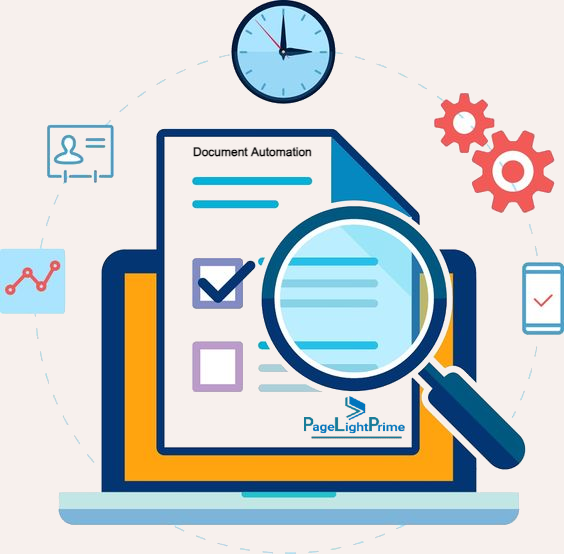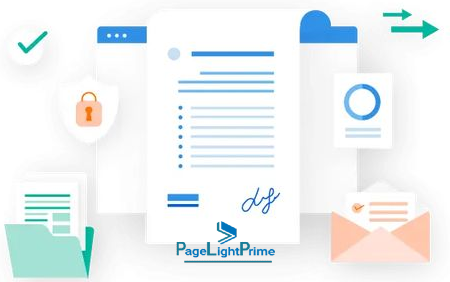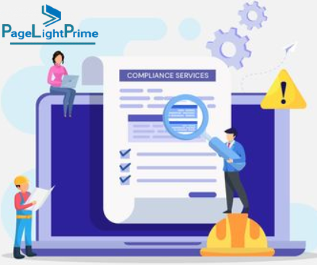Implementing Document Automation in Traditional Law Firms
Document automation, a transformative tool, stands out as a key player in enhancing efficiency, reducing errors, and elevating client service for law firms. However, the path to integrating document automation into traditional law practices is often met with skepticism. In this blog post, we will delve into common concerns associated with this transition and outline effective strategies, including training and change management, to overcome resistance, ensuring a seamless integration.
Written by Knowledge Team, posted on December 01, 2023

Understanding and Addressing Resistance
Change, particularly in a field as steeped in tradition as law, can be met with understandable skepticism and resistance. Here are some common concerns that law firms may encounter when implementing legal document automation.
Fear of Job Loss
One primary concern among legal professionals is the fear that document automation may lead to job redundancy. Lawyers and support staff may worry about automated systems replacing their roles, leading to job insecurity.
Technological Competence
Resistance often stems from a lack of familiarity or confidence in using new technologies. Legal professionals, especially those with extensive experience in traditional settings, may feel overwhelmed by the prospect of adapting to new tools.

Data Security
Given the sensitive nature of legal documents, concerns about data security are paramount. Law firms may worry about the safety of client information and the potential risks associated with automated systems.
Compliance
Legal professionals often operate under strict regulatory frameworks. Concerns about compliance with legal and ethical standards may arise when introducing new technologies. It’s crucial to address how document automation adheres to industry regulations, ensuring that the firm remains in full compliance with all applicable laws.

Integration with Legal Applications
The legal landscape is supported by various specialized applications. Resistance may arise if legal professionals are uncertain about the integration of document automation with existing tools and applications. Clearly outlining how document automation seamlessly integrates with legal practice management software or legal DMS can alleviate concerns and showcase the benefits of a unified workflow.
Potential Loss of Revenue
Introducing new technologies, such as document automation, may raise concerns about the potential disruption to existing revenue streams. It’s essential to address how the implementation will not only streamline processes but also contribute to long-term financial viability and growth. Demonstrating the positive impact on efficiency and client satisfaction can help alleviate fears of revenue loss.

Strategies for Overcoming Resistance
Now that we’ve identified common concerns, let’s delve into strategies to address these issues and foster a positive environment for document automation implementation:
Emphasize Augmentation, Not Replacement
Assure your team that document automation is meant to enhance their capabilities, not replace them. Highlight how automated processes can free up time for more strategic, client-focused tasks, allowing legal professionals to focus on higher-value work.
Provide Comprehensive Training
Invest in thorough training programs to bridge the technological competence gap. Offer hands-on sessions, workshops, and ongoing support to ensure that every team member feels confident in using document automation tools effectively.

Incorporate Change Management
Implement a robust change management strategy. Clearly communicate the reasons for the change, involve key stakeholders in the decision-making process, and create a structured plan for a smooth transition. Address concerns proactively and provide ongoing support.
Prioritize Data Security
Address data security concerns transparently. Implement robust cybersecurity measures, conduct regular training on data protection, and emphasize the importance of maintaining client confidentiality. This proactive approach can help build trust among your team.

Communicate the Benefits Clearly
Articulate the tangible benefits of document automation, such as time savings, reduced errors, and improved client service. Use case studies and success stories from other law firms that have successfully embraced automation to illustrate the positive outcomes.
Involve Stakeholders in the Decision-Making Process
Include key stakeholders in the decision-making process to ensure their concerns are heard and considered. Solicit feedback, address questions, and involve representatives from various levels of the organization to create a sense of ownership in the transition.

Conclusion: Navigating a Cultural Shift
Incorporating document automation into a traditional law firm requires not just a technological shift but a cultural one. By alleviating the concerns of legal professionals, providing comprehensive training, implementing change management strategies, prioritizing data security, and effectively communicating the benefits, law firms can overcome resistance and pave the way for a successful integration of document automation. Embracing change is a journey, and with the right strategies, traditional law firms can navigate this path with confidence, ensuring a more efficient and client-centric future.
